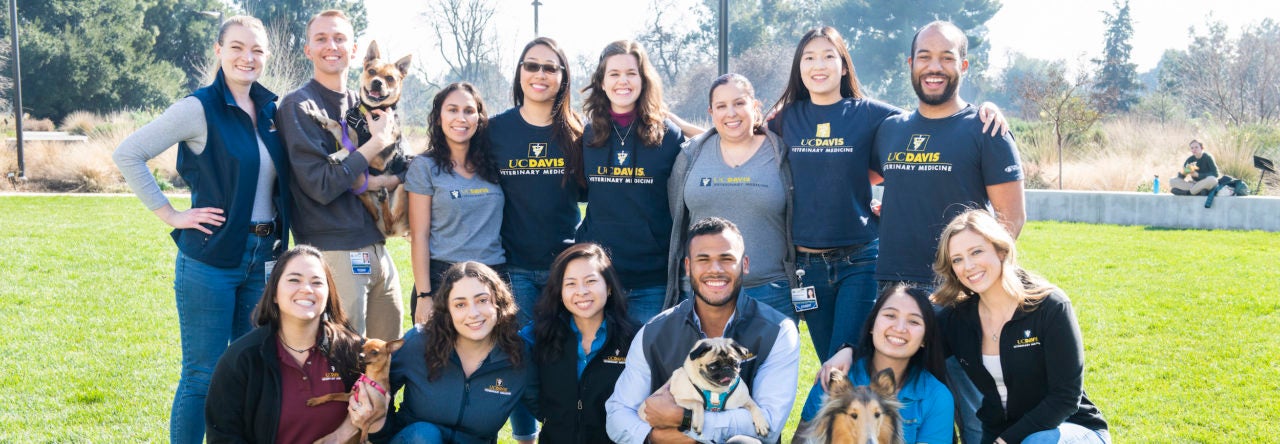“Honor bespeaks worth. Confidence begets trust. Service brings satisfaction. Cooperation proves the quality of leadership.” – James Cash Penney
Central to all activities in the school is the advancement of the well-being of animals and the impact of animals on people. We see throughout our programs the evidence of our service to society. The California Animal Health and Food Safety (CAHFS) Laboratory System is one example of that service. CAHFS serves California and the nation as a warning system that helps to protect the health of California’s livestock and poultry.
The scientists and staff of CAHFS are currently working to understand and control the impact of a high pathogenic avian influenza outbreak. Avian influenza is an infectious viral disease of birds (especially wild waterfowl), which can spread to domestic poultry and cause devastating outbreaks of serious disease. Our dedicated CAHFS virologists, such as Dr. Beate Crossley, develop and provide accurate diagnostic tests to efficiently detect pathogens threatening our food supply and our economy. Dr. Crossley and her colleagues are partners with the California Department of Food and Agriculture (CDFA), veterinarians, and livestock and poultry producers.
Their talent and dedication serve to protect our society from animal diseases that plague other parts of the world. CAHFS was one of the original 12 pilot laboratories chosen for the National Animal Health Laboratory Network (NAHLN), designed to meld federal and state resources for rapid response to intentional or unintentional incursions of foreign animal diseases. CAHFS is also part of the Food Emergency Response Network (FERN) created to respond to terrorist events that may threaten our nation’s food supply.
At the core of each of our diagnosticians is the desire to understand better ways to improve our ability to respond to threats to the health of animals and people in our society. With each new epidemic, they face long hours of exhausting work in an unpredictable environment. Their work may determine the difference between a localized outbreak of disease and demoralizing economic outcomes for our animal industry and our nation. According to the United States Agency for International Development, greater than 800 million people across the world go to bed hungry every night. To meet the needs of a world population expected to reach 9 billion by 2050, agricultural production will need to increase by at least 60 percent.
Our dedicated CAHFS scientists are on the front-lines on a daily basis, protecting our food supply and leading efforts that will help us feed the planet in the future. They honor us with their leadership and their committed service. The accuracy of their work allows us to trust the food we eat and instills confidence that we will meet the challenges we face in feeding a hungry planet.

Leave a Reply